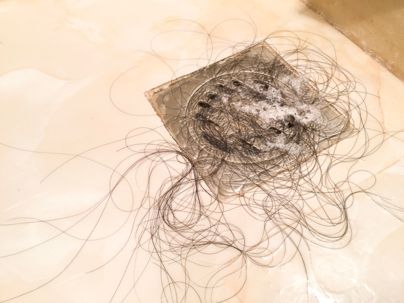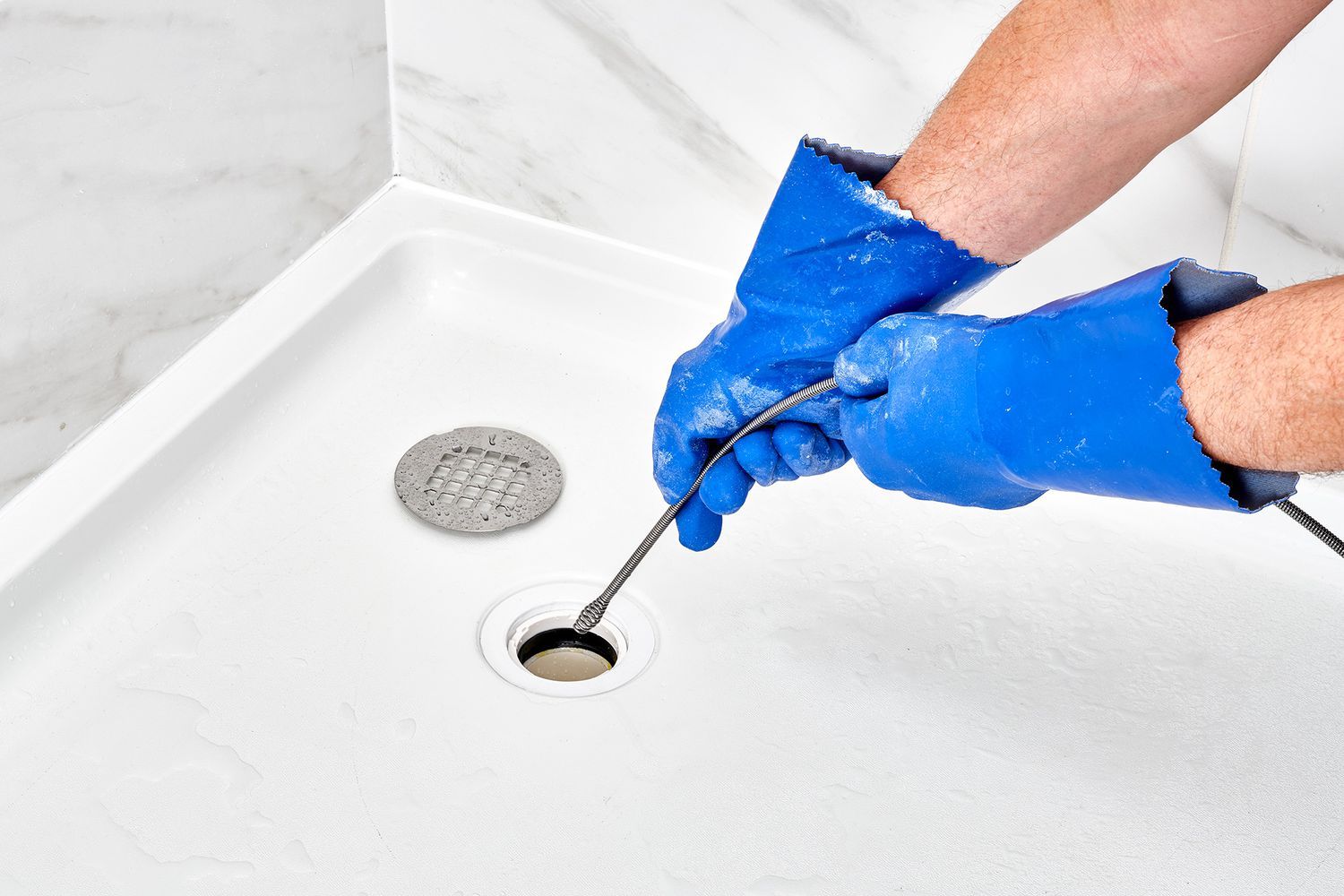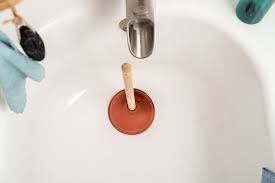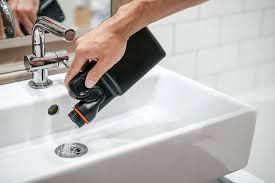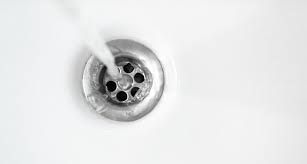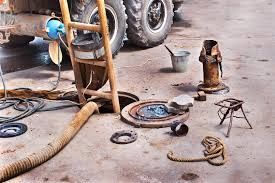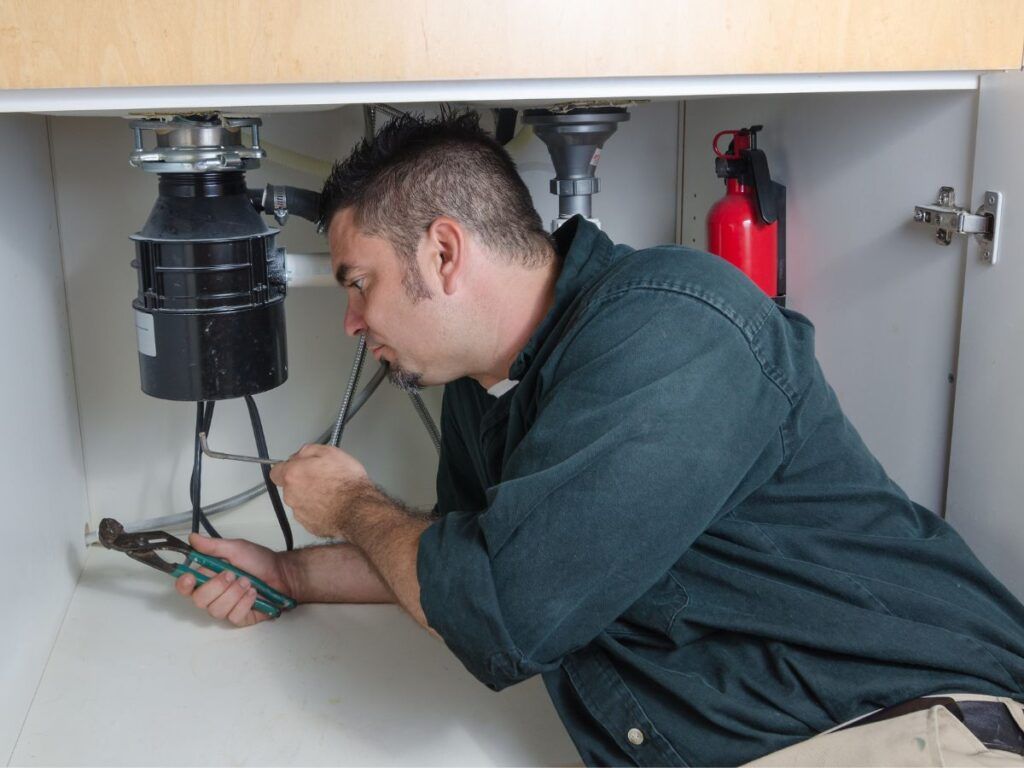Repairing a Sewer Line Without Digging Using Trenchless Pipe Repair
Sewer line problems can be a homeowner’s nightmare. The traditional approach of digging up yards, driveways, and sidewalks to replace damaged pipes is expensive, disruptive, and time-consuming. Fortunately, advancements in plumbing technology have introduced a game-changer: trenchless pipe repair. This innovative method allows for sewer line repairs without the need for extensive excavation, saving both time and money while minimizing damage to property. Whether you are dealing with cracked pipes, root intrusion, or general wear and tear, trenchless technology provides an efficient and effective solution.
In this guide, we’ll explore the potential causes of sewer line damage, how trenchless pipe repair works, the risks involved, expert recommendations, and preventive measures to ensure your sewer system stays in top condition.
How to Fix A Cracked Sewer Pipe
Understanding the Causes of Sewer Line Damage
Before diving into the repair process, it's essential to understand why sewer lines fail. Over time, pipes can degrade due to various environmental and structural factors, leading to leaks, blockages, and even complete collapse.
Aging is one of the primary reasons sewer lines fail. Older homes often have sewer pipes made from clay, cast iron, or Orangeburg, materials that weaken and deteriorate over time. Even modern PVC pipes can suffer from long-term wear and tear, particularly if subjected to constant pressure or shifting soil.
Tree roots are another common culprit. As trees grow, their roots seek out moisture and can infiltrate even the smallest cracks in a sewer line. Over time, these roots expand, causing blockages and structural damage. This is particularly problematic in older neighborhoods with mature trees lining the streets.
Shifting soil and ground movement can also lead to sewer line cracks and breaks. Natural settling, nearby construction, or heavy vehicle traffic over buried pipes can create pressure points that weaken the pipe structure. Additionally, corrosion from harsh chemicals, grease buildup, and debris accumulation can accelerate pipe degradation.
How Trenchless Pipe Repair Works
Trenchless pipe repair offers a minimally invasive solution to these problems. Instead of digging up an entire yard to replace a damaged pipe, plumbers use specialized technology to repair the sewer line from within. There are two main methods: pipe lining and pipe bursting.
Pipe Lining: Creating a New Pipe Within the Old One
Also known as cured-in-place pipe (CIPP) lining, this method involves inserting a flexible resin-coated liner into the existing pipe. Once in place, the liner is inflated, allowing the resin to harden and create a seamless new pipe inside the old one. This effectively seals any cracks, gaps, or intrusions while restoring the pipe’s structural integrity.
Pipe lining is ideal for pipes with minor to moderate damage, such as small cracks or leaks. It extends the life of the sewer system without requiring complete replacement, making it a cost-effective and long-lasting solution.
Pipe Bursting: Replacing Pipes Without Excavation
For severely damaged sewer lines that require full replacement, pipe bursting is an excellent alternative to traditional excavation. This method involves pulling a new pipe through the old one while simultaneously breaking apart the existing pipe. The new pipe is typically made of high-density polyethylene (HDPE), which is durable and resistant to corrosion and root intrusion.
Pipe bursting is effective for pipes that have collapsed or suffered significant structural failure. Since the process only requires small access points, it eliminates the need for extensive digging, preserving landscaping and structures above ground.
Risks and Challenges of Trenchless Pipe Repair
While trenchless pipe repair offers numerous advantages, it’s not entirely without risks. One potential challenge is identifying whether the existing sewer line is suitable for trenchless repair. If a pipe is severely collapsed or has extensive misalignment, traditional excavation might still be required.
Additionally, the success of a trenchless repair depends on proper assessment and execution. If the lining is not correctly installed, it can create weak points or fail prematurely. Hiring an experienced professional with the right equipment and expertise is crucial to ensuring a successful repair.
Another consideration is cost. While trenchless repairs often cost less than full excavation, they can still be a significant investment, particularly if extensive pipe replacement is needed. However, the long-term savings in landscaping and restoration expenses typically outweigh the upfront costs.
Expert Recommendations for Effective Trenchless Repairs
Experts in the plumbing industry recommend regular inspections to catch sewer line problems early. A camera inspection can help assess the condition of the pipes and determine whether trenchless repair is a viable option. Homeowners should also choose reputable professionals with experience in trenchless technology to avoid potential installation issues.
When considering trenchless pipe repair, it’s also important to use high-quality materials. The durability of the new pipe or liner is crucial to ensuring a long-lasting fix. HDPE pipes and epoxy resins used in CIPP lining are industry standards for durability and resistance to common sewer line issues.
Preventive Measures to Protect Your Sewer Line
Preventing sewer line problems is always better than dealing with costly repairs. Homeowners can take several proactive steps to protect their sewer systems and extend their lifespan.
Avoid planting trees near sewer lines to reduce the risk of root intrusion. If trees are already present, consider installing root barriers or scheduling regular root maintenance to prevent growth into pipes.
Be mindful of what goes down your drains. Avoid flushing non-biodegradable items, grease, and harsh chemicals that can corrode pipes or contribute to blockages. Regularly cleaning drains and using enzyme-based treatments can help break down buildup without damaging pipes.
Scheduling periodic sewer line inspections and maintenance can also help catch minor issues before they escalate. Plumbers can use hydro jetting or root-cutting techniques to clear potential obstructions, ensuring smooth flow through the pipes.
Conclusion: Embracing Trenchless Technology for a Hassle-Free Repair
Trenchless pipe repair is revolutionizing the way homeowners address sewer line issues. By eliminating the need for extensive excavation, this method provides a faster, less disruptive, and often more cost-effective solution. Whether through pipe lining or pipe bursting, trenchless technology offers a way to restore sewer systems with minimal impact on property and landscaping.
Understanding the causes of sewer line damage, the available repair methods, and the importance of professional installation can help homeowners make informed decisions about their plumbing systems. By taking preventive measures and staying proactive with maintenance, it’s possible to avoid costly repairs and keep sewer lines functioning efficiently for years to come.
If you're facing sewer line issues, consider trenchless repair as a modern, efficient, and environmentally friendly solution. The future of plumbing is here, and it doesn’t involve digging up your yard.
